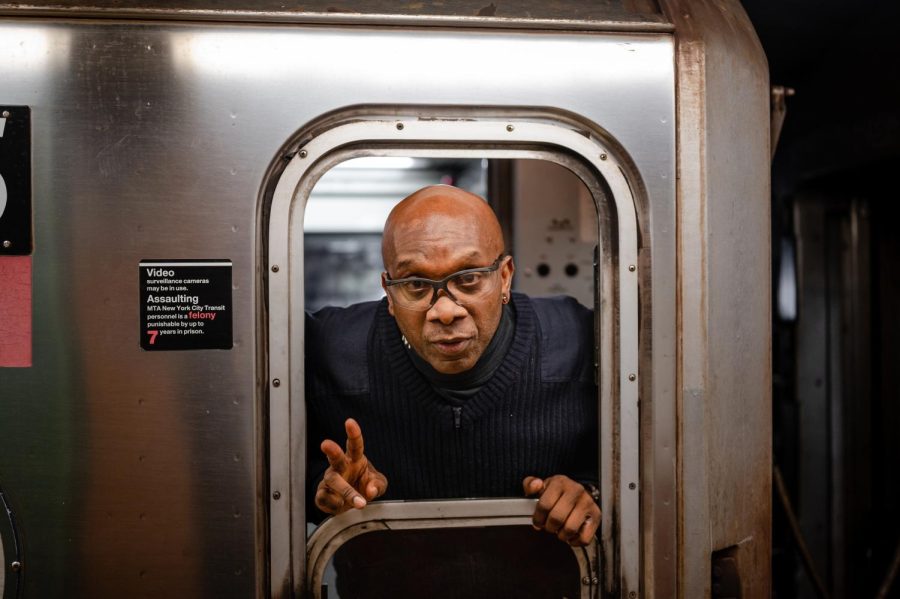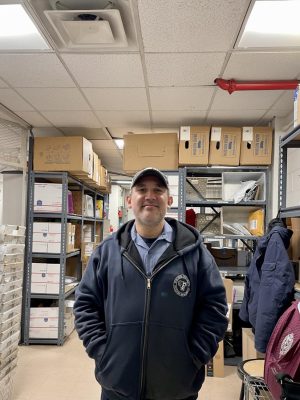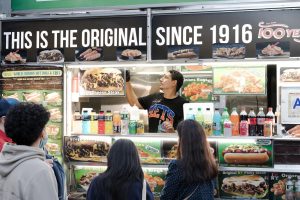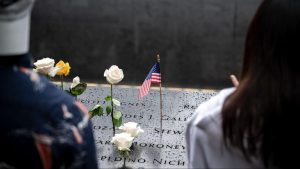Running the Tracks: Faces of the MTA
New York’s transit network carries millions of passengers daily, a task that relies on its operators
A train operator motions a peace sign to the camera after dropping the window and says “Have a good day now” as his train leaves.
November 17, 2022
The New York City subway system is used by New Yorkers and tourists alike, serving as a vital function of many people’s daily mode of transport. According to the Metropolitan Transportation Authority (MTA), the subway maintained a ridership of approximately 2.4 million daily passengers in 2021. On Sept. 21, the subway system transported 3.8 million people, due to the convergence of riders using the MTA for school, work, concerts, games and other special events across New York City, surpassing the MTA’s previous record of 3.7 million riders on Sept. 20. These are the highest ridership numbers since March 2020 as the city continues to recover from the pandemic.
The transit lines offer 28 rail services that run through the city’s five boroughs. The subway holds the stories of passersby as they set out on their daily commute, as well as tourists who visit the city. These accounts also include those of the employees of New York City Transit (NYCT), a subsidiary of the MTA that employs the New Yorkers who transport millions throughout the city.
We intended to accurately represent the faces of the transit employees in an effort to bring attention to their work and lives. Working our way down from the 72nd Street station to the 59th Street-Columbus Circle station, we captured the workers of the 1, 2 and 3 lines.
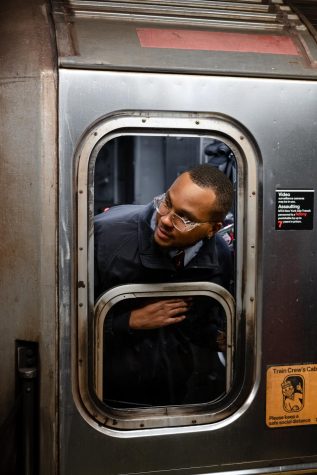
72nd Street
Looking up at the schedule of the 72nd Street station, we eagerly awaited the arrival of the downtown 2 train. As the train came to a stop, the operator smiled and posed for a photo. Despite working a demanding job, the operator was cheery and waved goodbye as the train pulled out of the station.
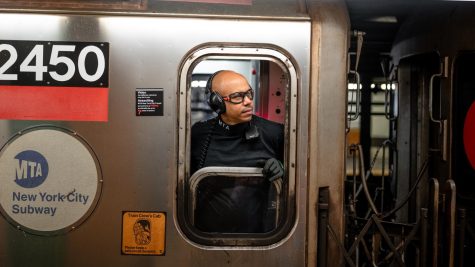
A few more trains passed on either side of the platform. Passengers came and went, but the station wasn’t too lively. Eventually, a downtown 1 train crept to a halt before us, and the window to the operator’s cabin came down.
“I hope you’re making me look good,” the operator said.
66th Street – Lincoln Center
The Lincoln Center station was not crowded, but a few passengers wandered up and down the platform awaiting the trains which weren’t operating as frequently at 9 p.m. Other than an express 3 train passing through the station every few minutes, the station was quiet.
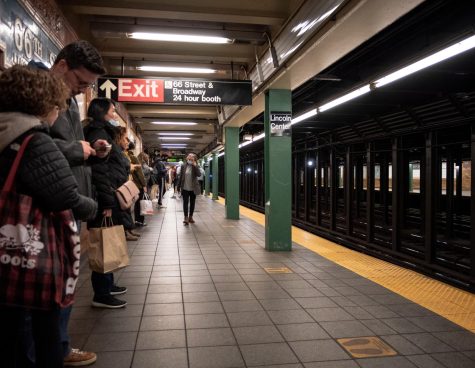
Before hopping on the downtown train, we took a last-minute photo of an operator who pulled down their window and posed with a peace sign.
59th Street – Columbus Circle
We took the 1 train downtown to Columbus Circle with the same operator who had posed for us. After exiting the train, we turned to unexpectedly see the operator look at us, smile and wave.
“Have a good day now,” they said with a nod.
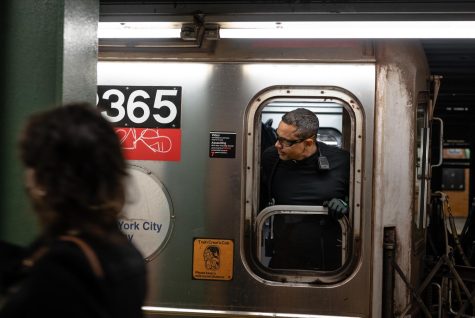
As we made our way toward the exit, we decided to capture one last image of a train operator. Running to the front of the uptown 1 train, we saw the driver turn to our lens and flash a wide smile.
The NYCT subway operators offer a window into the efforts of the individuals who are responsible for facilitating the smooth transportations of millions of riders across NYC’s boroughs throughout the day. We sought to capture the diverse workers of New York’s MTA, the largest and most developed public transit system in the United States.

